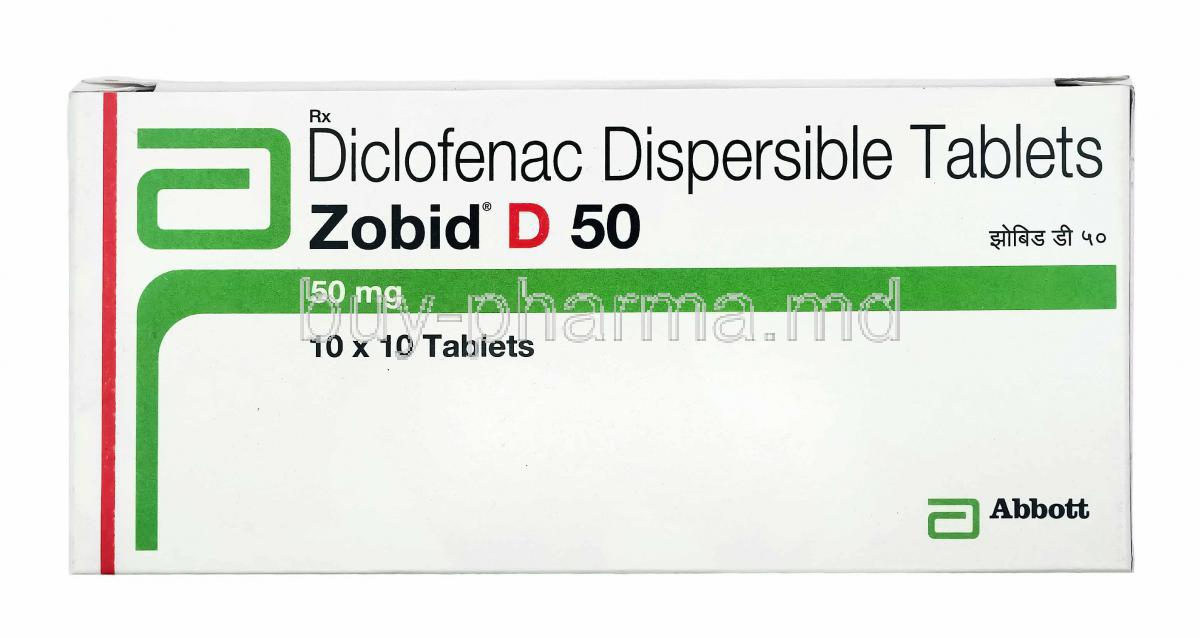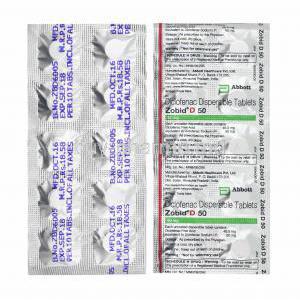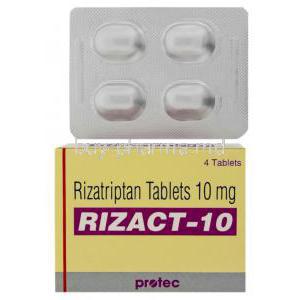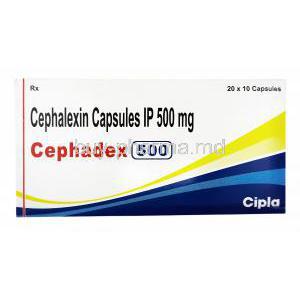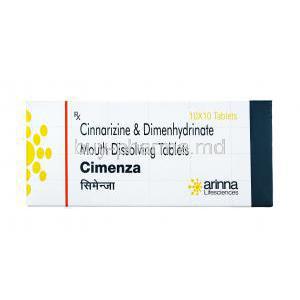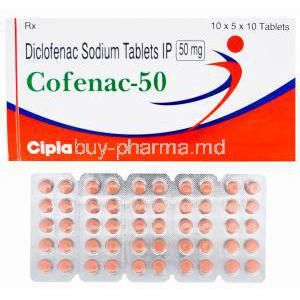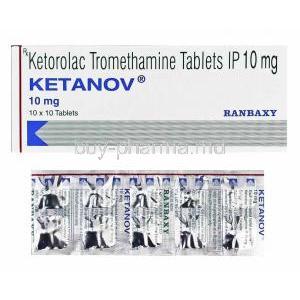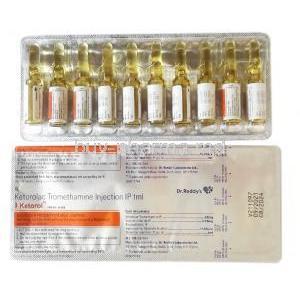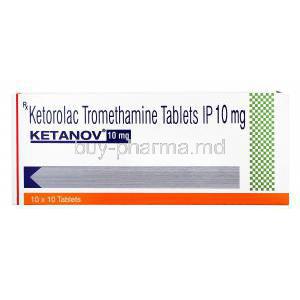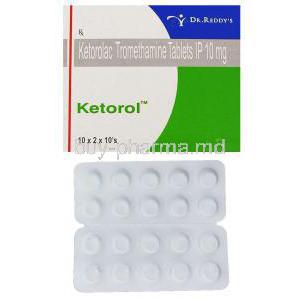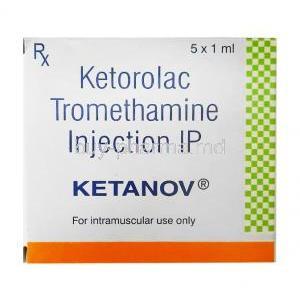Zobid D, Diclofenac
- Introduction to Zobid D (Diclofenac Combination)
- Composition and Active Ingredients of Zobid D
- How Zobid D (Diclofenac) Works in the Body
- Approved Medical Uses of Zobid D (Diclofenac)
- Off-Label Uses of Zobid D (Diclofenac)
- Dosage and Administration Guidelines for Zobid D
- Common Side Effects of Zobid D (Diclofenac)
- Serious Side Effects and Adverse Reactions
- Drug Interactions with Zobid D
- Contraindications for Use of Zobid D (Diclofenac)
- Warnings and Important Precautions When Using Zobid D
- Special Precautions for Administration in Specific Populations
- Pediatric Use and Safety Considerations
- Overdosage of Zobid D: Symptoms and Management
- Handling and Storage Instructions for Zobid D
- Precautions for Handling Zobid D in Clinical and Home Settings
Introduction to Zobid D (Diclofenac Combination)
Overview of Zobid D: What it is and its primary medical purpose
Diclofenac is a widely utilized non-steroidal anti-inflammatory drug (NSAID) known for its potent analgesic, antipyretic, and anti-inflammatory properties. It is chemically classified as a phenylacetic acid derivative and is available in multiple formulations including oral tablets, topical gels, transdermal patches, suppositories, and injectables.
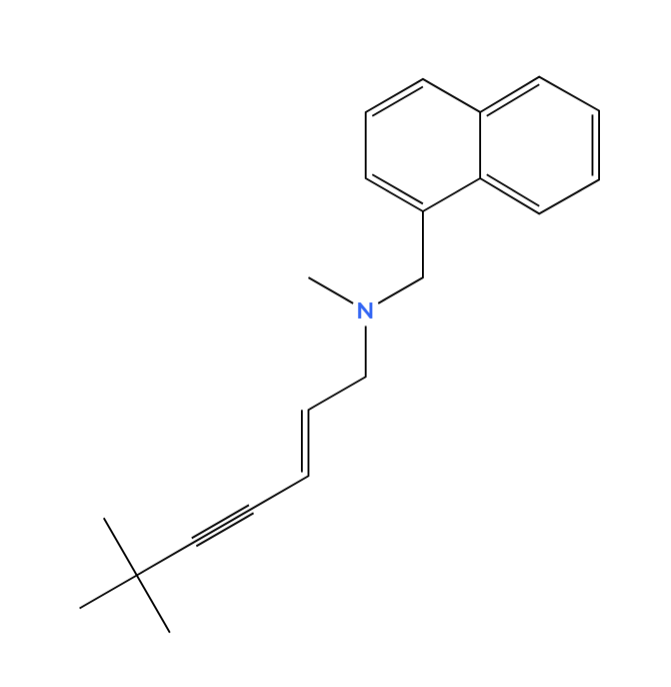
Primarily, diclofenac is prescribed for the management of pain and inflammation associated with musculoskeletal disorders, degenerative joint diseases, and various forms of arthritis. Its main therapeutic applications include:
Osteoarthritis and Rheumatoid Arthritis: Reduces joint inflammation, morning stiffness, and functional limitations.
- Ankylosing Spondylitis: Eases spinal inflammation and improves mobility.
- Acute Musculoskeletal Injuries: Effective in treating sprains, strains, and soft tissue trauma.
- Postoperative Pain: Offers short-term relief following surgical procedures.
- Dysmenorrhea: Mitigates uterine cramping by inhibiting prostaglandin synthesis.
Diclofenac works by non-selectively inhibiting the cyclooxygenase enzymes COX-1 and COX-2, which are responsible for the biosynthesis of prostaglandins—chemical mediators of inflammation and pain. Through this mechanism, it provides rapid symptom relief in both acute and chronic inflammatory conditions.
Due to its broad clinical utility, diclofenac is regarded as a cornerstone medication in the treatment of inflammatory disorders. However, its use must be carefully balanced against potential risks, particularly gastrointestinal, renal, and cardiovascular adverse effects.
Classification and therapeutic category
Zobid D is a medication that falls into two categories:
- NSAIDs (Nonsteroidal Anti-inflammatory Drugs): It contains diclofenac, which provides strong anti-inflammatory, pain-relieving, and fever-reducing effects.
This dual classification allows Zobid D to be used for conditions where both inflammation/pain relief and gastrointestinal protection are needed.
Components: Diclofenac
This recipe ingredient contains below:
- Diclofenac works by blocking enzymes that produce prostaglandins, which are chemicals in the body responsible for pain and swelling.
Together, these ingredients offer a comprehensive approach to treating problems complicated by NSAID-related gastritis or reflux.
Composition and Active Ingredients of Zobid D
Diclofenac: Mechanism and role
Diclofenac works by inhibiting cyclooxygenase (COX) enzymes, showing a preference for COX-2 over COX-1. This action helps to:
- Reduce the biosynthesis of prostaglandins, which are chemicals that cause pain and swelling, especially where inflammation is present.
- Decrease the sensitivity of pain receptors, helping to control how pain is perceived.

- Lessen fluid leakage from blood vessels, which reduces swelling.
The body quickly absorbs diclofenac, and it largely binds to proteins before being processed in the liver by the CYP2C9 enzyme. Diclofenac continues to be one of the most widely prescribed NSAIDs worldwide because it's effective and generally well-tolerated when used correctly.
Excipients and formulation types (tablet, capsule, etc.)
The medication Zobid D is mainly found in tablet form; However, capsule options may be available depending on the manufacturer's location. Key formulation specifics are as follows;
- Delayed-release tablets with a coating for absorption.
- Cellulose, in microcrystalline form is commonly used as a binder in applications.
- Facilitating tablet compression, with magnesium stearate to improve flow.
- Manufacturers may use lactose or other substitutes in their products.
These additional ingredients help maintain the stability of how the medication moves through the body's processes and ensure that the doses are precise and easy to administer.
Diclofenac Misoprostol
When it comes to at-risk patients who cannot take Zobid D medication easily and safely the diclofenac misoprostol combination seems to be a viable alternative option. Misoprostol works as an analog of prostaglandin E1 analog. It provides protection to the stomach lining by;
- Encouraging the production of mucus and bicarbonate in the stomach.
- Slowing down the production of stomach acid by suppressing cells.
On the other hand misoprostol often causes cramps and diarrhea, which can make it challenging for certain groups to tolerate.
Diclofenac vs Ibuprofen
Although both are NSAIDs, diclofenac is generally more potent for treating certain conditions than other available options. However, when considering gastrointestinal side effects, diclofenac carries a higher risk for stomach issues compared to ibuprofen, especially at higher doses.
While diclofenac has a shorter half-life in the bloodstream, it accumulates in joint fluid, providing longer-lasting effects at the site of inflammation. Therefore, for pain relief where stomach lining risk is a primary concern, ibuprofen might be preferred, but diclofenac excels in managing long-term inflammatory conditions.
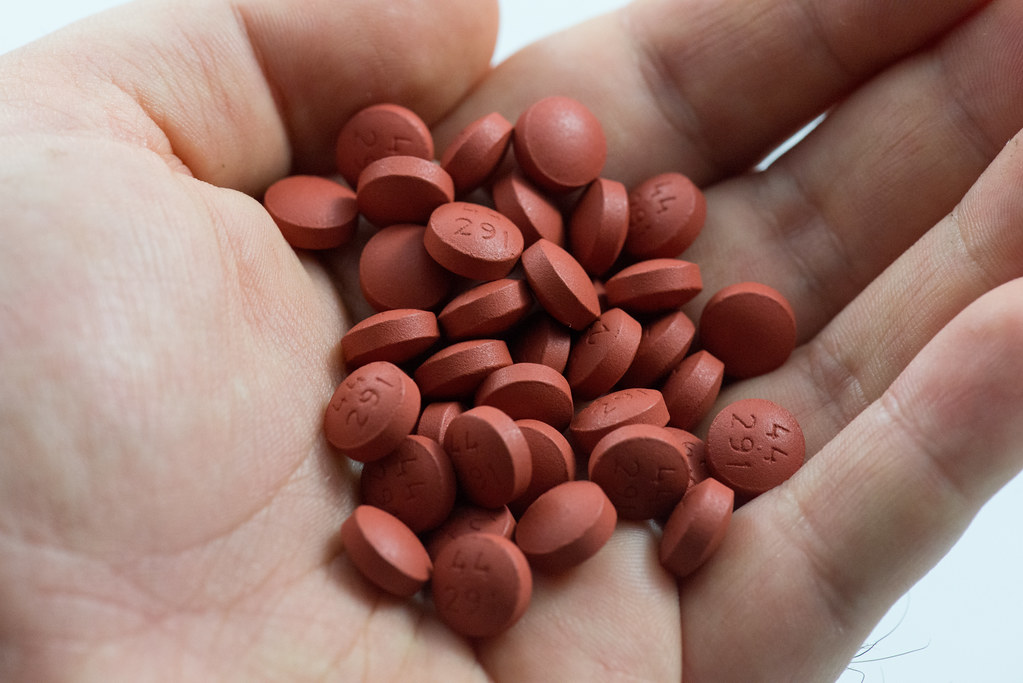
Diclofenac Sodium vs Potassium
The main difference between the two types of diclofenac salts lies in their action within the body:
- Diclofenac Potassium acts rapidly, making it suitable for quick pain relief in acute situations like migraines and menstrual cramps.
- Diclofenac Sodium is formulated for extended release, providing a longer-lasting effect. This makes it particularly effective for managing chronic conditions.
Zobid D typically contains diclofenac potassium for fast symptom relief, often combined with domperidone to help manage gastrointestinal issues.
Celebrex vs Diclofenac
While both are pain relievers, Celebrex (celecoxib) is a selective COX-2 inhibitor, whereas diclofenac is non-selective. This difference leads to varying effects and considerations:
- Stomach Issues: Celebrex generally carries a lower risk of stomach ulcers and digestive problems compared to diclofenac.
- Cardiovascular Risk: Both medications pose risks to heart health. However, celecoxib might present a higher risk in specific patient groups.
- Usage Preference: For general inflammation, diclofenac is often preferred. Celebrex, on the other hand, is usually reserved for individuals with osteoporosis or those with sensitive stomachs requiring long-term treatment.
Regardless of the choice, both drugs require careful use in patients with pre-existing heart or kidney problems.
Diclofenac vs Voltaren
Voltaren is a brand name for diclofenac, available as both pills and topical gels. While both Voltaren and generic diclofenac contain the same active ingredient, they have some differences:
- Voltaren is well-known for its topical gel, which is good for localized joint or muscle pain because it has minimal effects throughout the body.

- Generic diclofenac comes in more forms (pills, injections) and is usually less expensive.
Zobid D uses the oral form of diclofenac for effects throughout the body, to ensure it's effective while also being well-tolerated by the stomach.
How Zobid D (Diclofenac) Works in the Body
Anti-inflammatory and analgesic action of Diclofenac
Diclofenac works by blocking enzymes called cyclooxygenases (COX), which helps to:
- Reduce blood vessel expansion and permeability in affected areas.
- Limit leukocyte (white blood cell) accumulation, which contributes to swelling.
- Decrease the sensitivity of pain receptors to pain-causing substances like bradykinin and histamine.
The result is a quick and effective reduction in pain and swelling, providing strong and fast symptom control. It's worth noting that diclofenac's high concentration in synovial fluid significantly boosts its effectiveness against joint conditions like osteoarthritis and ankylosing spondylitis, as well as providing pain relief after injuries or surgeries.
Approved Medical Uses of Zobid D (Diclofenac)
Management of pain and inflammation in musculoskeletal conditions
Zobid D is primarily used to treat conditions involving inflammation, pain, and stiffness. It's often recommended for both short-term and chronic orthopedic issues because of its strong anti-inflammatory and pain-relieving effects.
This includes conditions like:
- Soft tissue injuries such as sprains, strains, and bruises.
- Post-inflammatory states following trauma or surgery.
- Back and neck discomfort caused by wear and tear.

The diclofenac in Zobid D works by slowing down specific signaling pathways in the body's tissues, which helps reduce fluid buildup around joints and lessens the heightened sensitivity that can worsen pain.
Treatment of osteoarthritis, rheumatoid arthritis, and ankylosing spondylitis
For chronic autoimmune and degenerative joint diseases like osteoarthritis and arthropathies, Zobid D offers extended symptom relief.
- In cases of osteoarthritis, it reduces morning stiffness and improves joint movement, especially in weight-bearing areas like the knees and hips.
- For rheumatoid arthritis (RA), it helps ease inflammation by reducing joint swelling and improving mobility.
- In ankylosing spondylitis, it helps decrease inflammation in the spine and improves flexibility, potentially slowing the progression of structural changes.
The prolonged pain relief and anti-inflammatory effects of diclofenac make Zobid D an effective addition to treatments that modify the disease course.
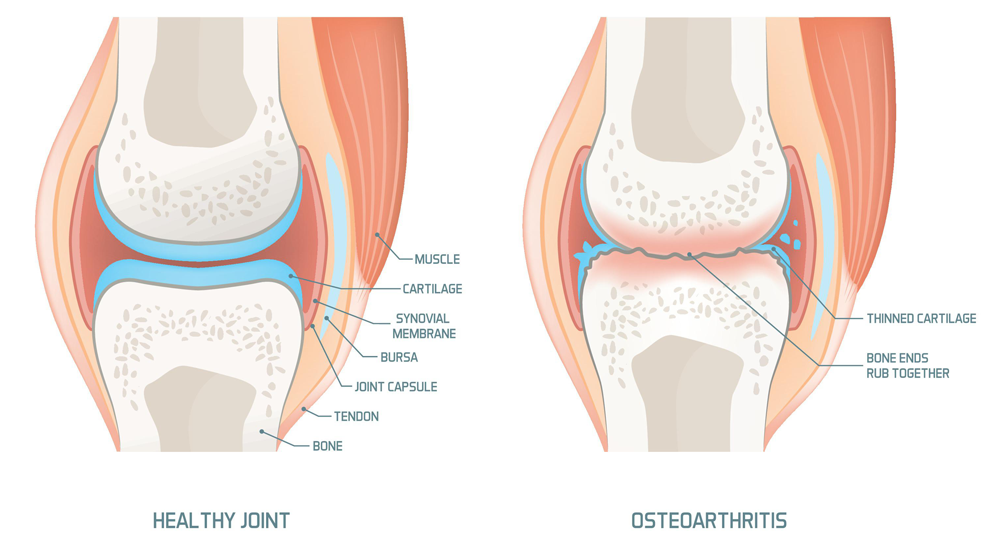
Relief from dyspepsia and gastrointestinal discomfort due to NSAIDs
A key feature of Zobid D is its ability to reduce common stomach problems often caused by NSAIDs like diclofenac.
These issues include:
- Abdominal discomfort and acid reflux.
- Slow digestion and bloating.
- Nausea with symptoms similar to gastroparesis (delayed stomach emptying).
This helps alleviate NSAID-induced digestive upset and encourages patients to stick to their treatment. This makes Zobid D a good choice for individuals who experience adverse reactions to traditional NSAIDs.
Diclofenac for back pain
Doctors frequently recommend Zobid D for various types of pain, including acute and chronic lower back pain (lumbago), muscle spasms, and sciatica. This is because it offers more than just pain relief:
- It helps reduce inflammation in the muscles near the spine and between the vertebrae.
- It improves function in cases of nerve compression related to spinal discs.
- It provides lasting relief without the drowsiness often associated with opioid use.
Patients experiencing pain who also suffer from nausea due to other medications or stress-related indigestion find Zobid D's dual action particularly beneficial.
Diclofenac for tooth pain
Intense and persistent dental pain often originates from inflammation in the tooth's pulp or surrounding tissues and bone. Zobid D has proven effective in treating:
- Post-extraction pain and inflammation.
- Conditions like acute pulpitis and pericoronitis.
- Alveolar osteitis (dry socket) and implant-related discomfort.
Diclofenac acts quickly to manage inflammation and pain. Zobid D is particularly recommended for patients with sensitive digestive systems or existing reflux issues.

Off-Label Uses of Zobid D (Diclofenac)
Use in migraine-associated gastric stasis
Frequent headaches are sometimes linked to gastric stasis, where the stomach empties slowly. This can reduce how well oral medications are absorbed, leading to less effective treatment and prolonged symptoms. Zobid D is specifically designed to address this issue:
- Diclofenac helps relieve the throbbing pain common in migraine attacks
This combination is particularly beneficial for individuals who experience early fullness, nausea, or vomiting during a migraine attack. Although not officially approved for this specific use, its dual-action approach is frequently employed in clinical settings to improve treatment outcomes.
Symptom relief in chronic back pain with associated nausea
Back pain can sometimes lead to nausea, whether from muscle relaxants, opioids, or underlying stomach issues like dyspepsia. Zobid D offers a solution for these situations:
- It reduces inflammatory pain by inhibiting COX enzymes in the affected area.
- It helps regulate the digestive system by reducing nausea and speeding up stomach emptying.
This dual action is especially beneficial for patients or individuals taking regular medication, as ensuring good gastrointestinal tolerance is vital for long-term treatment adherence.

Management of dysmenorrhea with concurrent gastric symptoms
Primary dysmenorrhea, a condition driven by prostaglandins, often presents with nausea and bloating alongside menstrual cramps. Zobid D is used for symptom management, working by:
- Relieving cramps through inhibiting prostaglandin production in the uterus.
- Improving stomach movement to alleviate recurring nausea and bloating.
This treatment allows patients to function better during their period without needing additional anti-nausea medications, simplifying the process and improving patient satisfaction.
Dosage and Administration Guidelines for Zobid D
Diclofenac dose for adults
The usual recommended dose of diclofenac in Zobid D for adults ranges from 50 to 75 mg per dose, depending on symptom severity and patient response. It's typically given as:
- 50 mg diclofenac combined for general pain management or as a preventive measure.
- 75 mg diclofenac combined for treating flare-ups of chronic conditions.
It's crucial not to exceed 150 mg of diclofenac per day to lower the risk of stomach, kidney, and heart problems.
Recommended intake timing (before/after meals)
Taking Zobid D 30 minutes before meals is most effective because it maximizes the benefits of and improves diclofenac absorption. The advantages of this timing include:
- Faster pain relief.
- Reduced likelihood of delayed digestion caused by food.
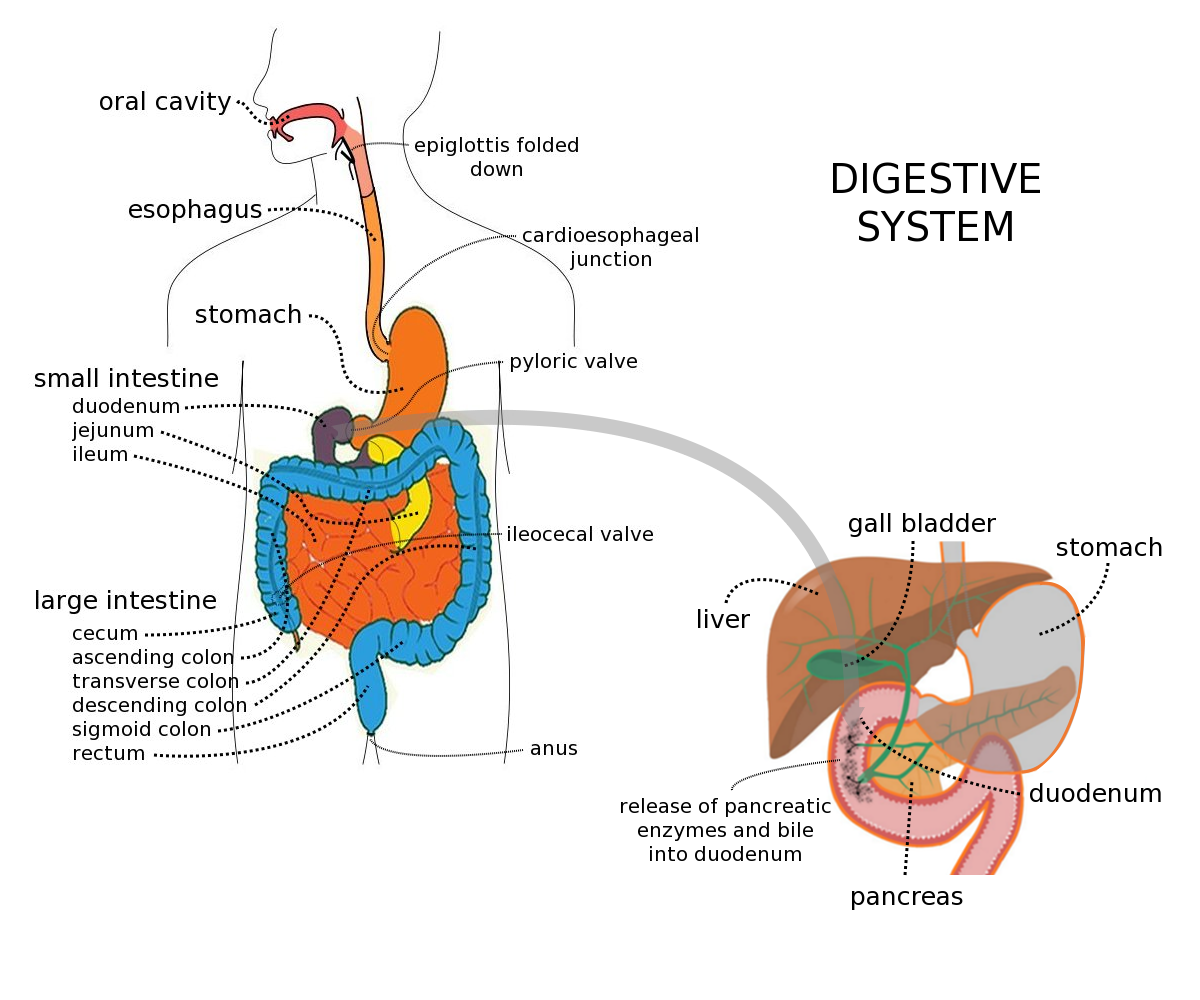
- Better absorption of the medication's ingredients.
However, for individuals with sensitive stomachs, taking the medication with a meal might improve tolerance.
Dose adjustments in renal or hepatic impairment
If a person has kidney or liver issues, doctors must be careful when suggesting Zobid D, as they might need to change the dose based on the patient's condition.
- For kidney problems, the diclofenac dose might need to be adjusted, and regularly checking serum creatinine and eGFR (a measure of kidney function) is recommended. If a patient has liver problems, it's best to either lower the medication dose or take it less often. Monitoring liver enzymes regularly is also important.
Common Side Effects of Zobid D (Diclofenac)
Gastrointestinal discomfort (nausea, bloating, diarrhea)
A treatment plan can sometimes cause gastrointestinal side effects. These commonly include:
- Brief feelings of nausea or queasiness after eating.
- Bloating or a distended abdomen.
- Occasional loose stools or mild diarrhea.
These symptoms usually resolve on their own, improve with continued use, or lessen with dosage adjustments. Taking the medication at the recommended times relative to meals can also help reduce these effects.
Headache, dizziness, and fatigue
Though uncommon, central nervous system side effects can sometimes occur when you first start treatment. These might include:
- Generalized or tension-type headaches.
- Feeling dizzy when you stand up, or light-headedness.
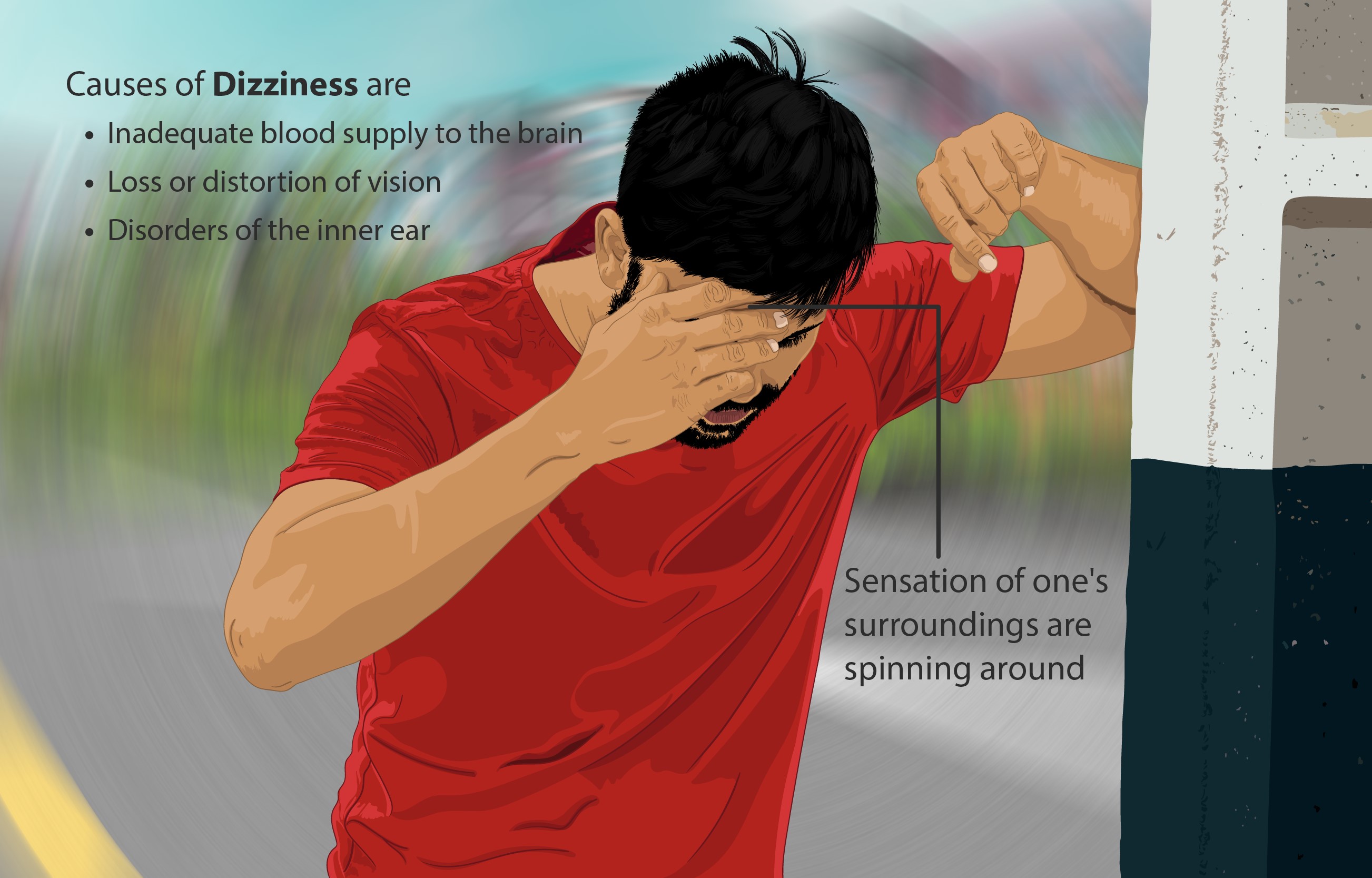
- Tiredness or slight drowsiness.
It's important to inform patients involved in tasks requiring alertness or operating machinery about these potential symptoms. Staying hydrated and avoiding other sedating medications at the same time can help reduce the likelihood of experiencing them.
Dry mouth and metallic taste
Patients might report during their appointments.
These could include:
- A persistent dry feeling in the mouth.
- A lingering metallic or bitter taste after taking the morning medication.
These minor side effects, which can impact how consistently patients take their medication, can often be managed by drinking water, chewing sugar-free gum, or using mouth moisturizers for comfort.
Serious Side Effects and Adverse Reactions
Gastrointestinal bleeding and ulceration
Long-term or high-dose use of diclofenac can weaken the digestive tract lining, primarily by blocking the production of protective prostaglandins (specifically those mediated by COX-1). This can lead to:
- Ulcers, which may even perforate (create a hole).
- Duodenal erosions or hidden bleeding.
- In severe cases, symptoms like vomiting blood or passing tarry stools.
These complications are more likely in older individuals, those with a history of ulcers, or patients concurrently taking corticosteroids or anticoagulants. For high-risk patients, considering gastrointestinal protection or alternative treatments may be advisable.
Cardiovascular risks (hypertension, edema, thrombosis)
Long-term use of diclofenac, or use by individuals with existing heart conditions, has been linked to potential heart-related issues. Noted complications include:
- Fluid retention, leading to swelling in the arms and legs.
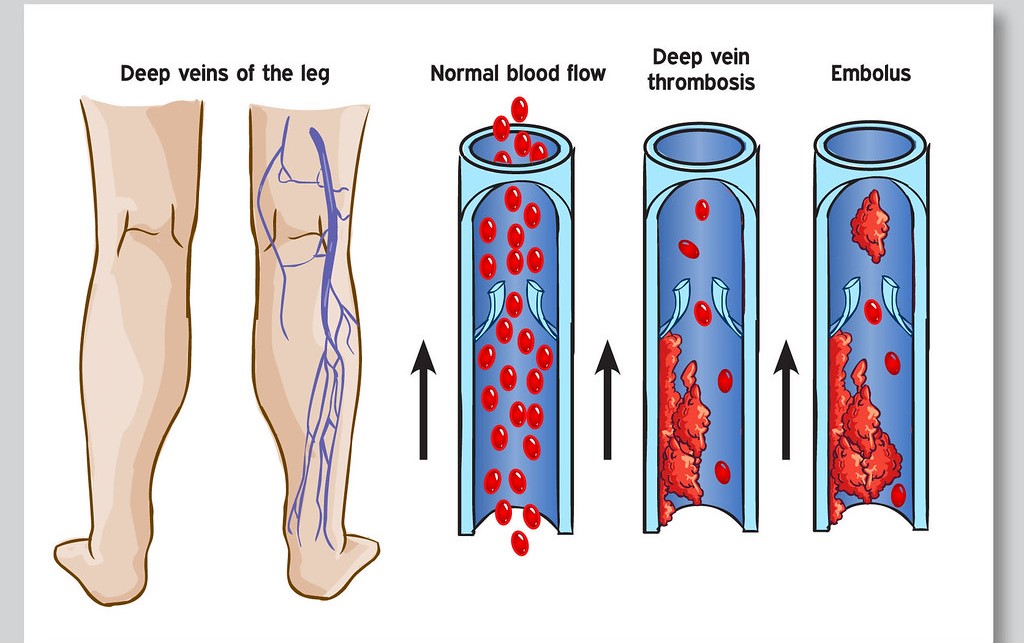
- An increased risk of heart attack or stroke.
It's crucial to monitor blood pressure and fluid levels in individuals with conditions such as heart failure or ischemic heart disease, as well as those at risk of atherosclerosis.
Hepatotoxicity and elevated liver enzymes
Signs of liver damage can range from elevated liver enzyme levels without noticeable symptoms to rapid and severe liver cell death. It's crucial to watch for indicators such as:
- Fatigue, yellowing of the skin (jaundice), and tenderness in the upper right abdomen.
- AST (aspartate aminotransferase) levels that are more than three times the normal limit.
- The unusual development of drug-related liver inflammation.
Regularly monitoring liver function is advised during Zobid D treatment. If transaminase levels (a type of liver enzyme) are persistently or increasingly elevated, it's important to stop the medication promptly.
Diclofenac side effects on kidney
Diclofenac can cause kidney problems because it affects the production of prostaglandins in the kidneys, especially when blood flow to the kidneys is already impaired. This can lead to:
- A sudden increase in serum creatinine levels, indicating acute kidney injury (AKI).
- Interstitial nephritis, which involves fever and elevated eosinophil levels.
- Excess sodium and water retention, potentially causing fluid overload.
Patients who are dehydrated, taking certain medications, or have chronic kidney disease are at a higher risk for these complications. Therefore, it's crucial to monitor kidney function throughout treatment with diclofenac.
Drug Interactions with Zobid D
Interaction with anticoagulants and antiplatelet drugs
Taking Zobid D with other medications that affect blood clotting can increase the risk of bleeding complications. These medications include:
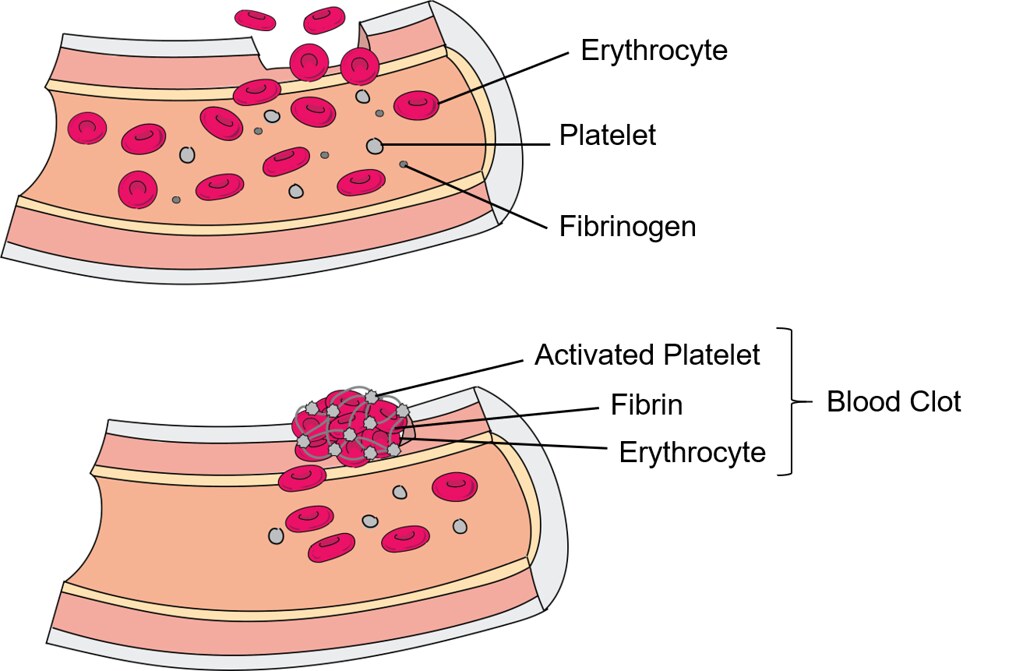
- Warfarin or newer types of anticoagulants (sometimes called NOACs or DOACs).
- Low-dose aspirin or clopidogrel.
- Injectable medications like heparins or fondaparinux.
This increased risk is due to a combined effect: both Zobid D and these other drugs inhibit platelet aggregation (how blood clots) and can make the digestive lining more vulnerable. Therefore, it's recommended to closely monitor prothrombin time (a measure of blood clotting) and watch for any signs of bleeding.
Risk with other NSAIDs or corticosteroids
Combining diclofenac with other NSAIDs or systemic corticosteroids significantly increases the risk of:
- Peptic ulcers and gastrointestinal bleeding.
- Kidney problems due to a buildup of toxins.
- Masking infections by suppressing the body's natural inflammatory response.
It's strongly advised to avoid this combination unless absolutely essential and under close medical supervision.
QT prolongation risk with other prokinetic agents
Diclofenac carries a risk of prolonging the QT interval (a measure of heart's electrical activity), especially in certain individuals and at higher doses, or when combined with other medications that affect heart repolarization.
These interacting medications include:
- Cisapride
- Fluoroquinolone antibiotics
- SSRIs (selective serotonin reuptake inhibitors)
The risk of developing serious arrhythmias, such as Torsades de Pointes, increases with these combinations. Therefore, electrocardiographic (ECG) monitoring is advisable for high-risk patients or those taking such interacting medications.
Contraindications for Use of Zobid D (Diclofenac)
Known hypersensitivity to Diclofenac or Domperidone
Patients who have previously had allergic reactions, such as hives or severe allergic responses, to diclofenac or similar medications should not take Zobid D. This is because there's a possibility of experiencing similar reactions with other NSAIDs.

Active peptic ulcer or gastrointestinal bleeding
Because diclofenac can cause ulcers in the stomach lining, Zobid D should not be used by individuals who have:
- Currently active peptic ulcer disease.
- A history of bleeding or damage in the digestive tract.
- Recently undergone stomach surgery that involved connecting two parts of the digestive system.
For these patient groups, it's important to consider pain relievers that are less irritating to the stomach.
Severe liver, kidney, or heart impairment
Patients with significant organ dysfunction are more susceptible to medication side effects and eliminate drugs from their system more slowly. This increases treatment risks, especially in conditions where certain medications are absolutely contraindicated. These include:
- Severe liver dysfunction (classified as Child-Pugh class C).
- Advanced kidney disease (with an estimated glomerular filtration rate below 30 mL/min).
- Uncontrolled heart failure or heart muscle disease (cardiomyopathy).
In such cases, even a small exposure to diclofenac can lead to severe adverse effects.
Known history of QT prolongation or arrhythmias
Zobid D is not suitable for patients with certain heart conditions.
- Specifically, it should be avoided in cases with:
- A confirmed history of abnormal heart rhythms in the ventricles (the lower chambers of the heart) or fainting episodes caused by heart issues.
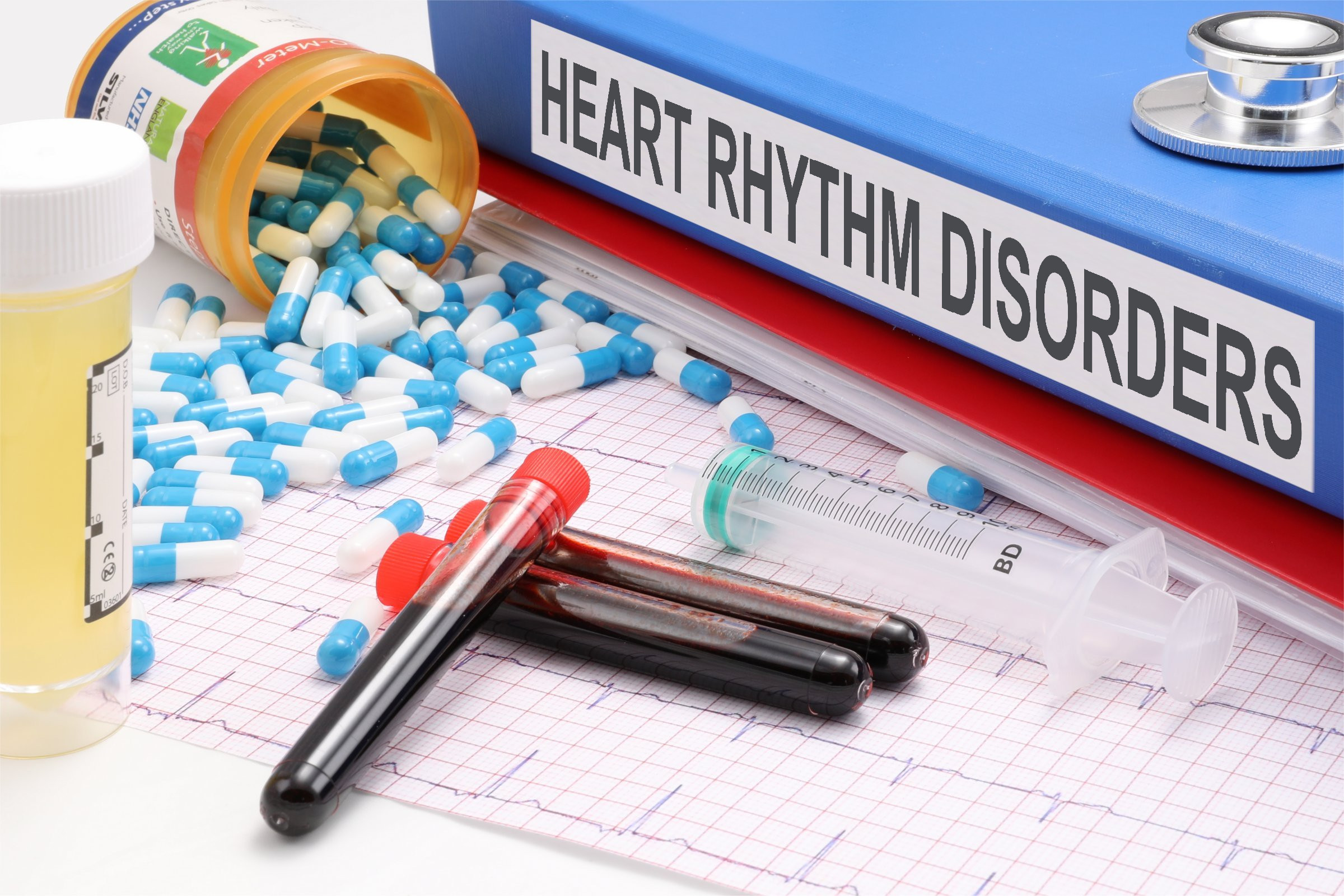
- Electrolyte imbalances, such as low potassium or magnesium levels.
These factors increase the risk of serious heart rhythm disturbances.
Diclofenac and alcohol
Combining diclofenac with alcohol significantly increases the risk of bleeding and liver damage, as ethanol intensifies these effects. Alcohol can:
- Damage the lining of the stomach and intestines.
- Stress liver enzymes, which impacts how diclofenac is processed.
Patients should be advised to completely avoid alcohol while taking Zobid D, especially with regular or higher doses.
Warnings and Important Precautions When Using Zobid D
Cardiovascular risk associated with long-term NSAID use
Long-term use of NSAIDs, such as diclofenac, has been associated with an increased risk of cardiovascular problems over time. These issues include:
- Heart attacks and strokes.
- Worsening of existing high blood pressure.
- Swelling in the extremities and excessive fluid buildup.
This occurs because NSAIDs can disrupt the balance in blood vessel lining by blocking prostaglandins, thereby increasing the likelihood of blood clot formation. Patients with a history of heart problems or risk factors like smoking, high cholesterol, or diabetes should use Zobid D cautiously. It's crucial to keep the duration of use as short as possible and prescribe only the lowest effective dose.
Risk of GI perforation and bleeding
Digestive problems remain a significant concern with NSAID treatment. To lessen the risk of such issues when using Zobid D, other medications like domperidone may be added.
- Potential gastrointestinal problems include:
- The formation of stomach ulcers and damage to the stomach lining.
- Bleeding in the digestive tract, which can be either unseen or overtly visible.
- Rare but life-threatening incidents of perforation (a hole in the digestive tract).
Individuals experiencing symptoms like stomach discomfort or vomiting blood should seek immediate medical evaluation and treatment. In cases where these symptoms pose a high risk of complications, doctors might consider prescribing medications like proton pump inhibitors to help protect the stomach lining.
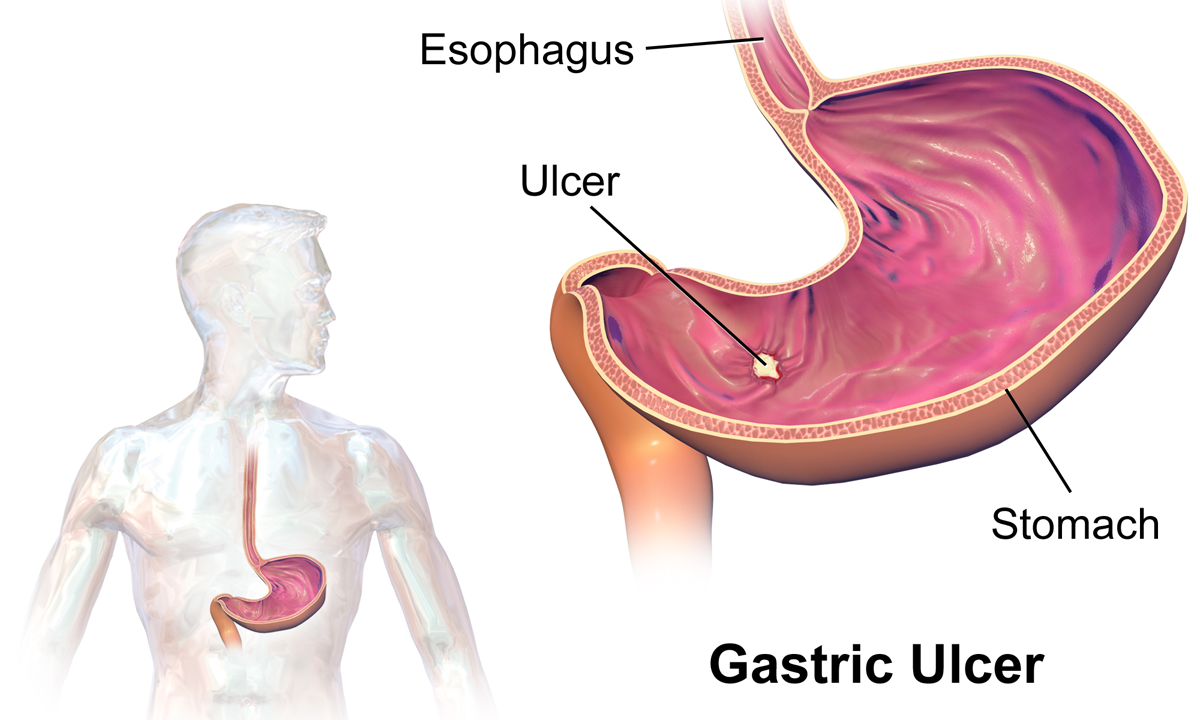
Avoid use in patients with Parkinsonâs disease
In individuals susceptible to it, as a dopamine D2 receptor antagonist, can affect dopamine regulation within the nervous system. This is particularly relevant for patients with Parkinson's disease, who may experience:
- A worsening of their existing symptoms.
- A decline in motor control due to impaired dopamine transmission.
- A higher likelihood of experiencing dyskinesia (involuntary movements) or akathisia (inner restlessness).
To prevent these symptom exacerbations in Parkinson's patients, it is best to avoid Zobid D and instead choose anti-inflammatory and anti-nausea treatments that have a lesser impact on central dopamine receptors.
Monitoring of hepatic and renal functions
For individuals taking Zobid D long-term, especially those with other health conditions or on multiple medications, regular monitoring of organ function is crucial. Standard assessments should include:
- Liver function tests (measuring ALT, AST, and bilirubin) to detect any liver damage.
- Kidney function tests (assessing serum creatinine and urea, and monitoring electrolyte balance).
- Urinalysis to check for signs of kidney tubule damage or protein in the urine.
If any persistent abnormalities appear, the dosage or concurrent medications should be re-evaluated.
Special Precautions for Administration in Specific Populations
Elderly Patients
Increased risk of gastrointestinal and cardiovascular events
Elderly individuals face a higher risk of side effects from NSAID treatment due to age-related changes in their body's functions and the presence of other health conditions.
This includes:
- An increased incidence of ulcers and gastrointestinal bleeding.
- A greater likelihood of blood pressure and heart problems, as well as blood clotting issues.
- A higher chance of drug interactions, especially when taking multiple medications (polypharmacy).
For this population, treatment should always begin with the lowest effective dose and be continued for the shortest possible duration.
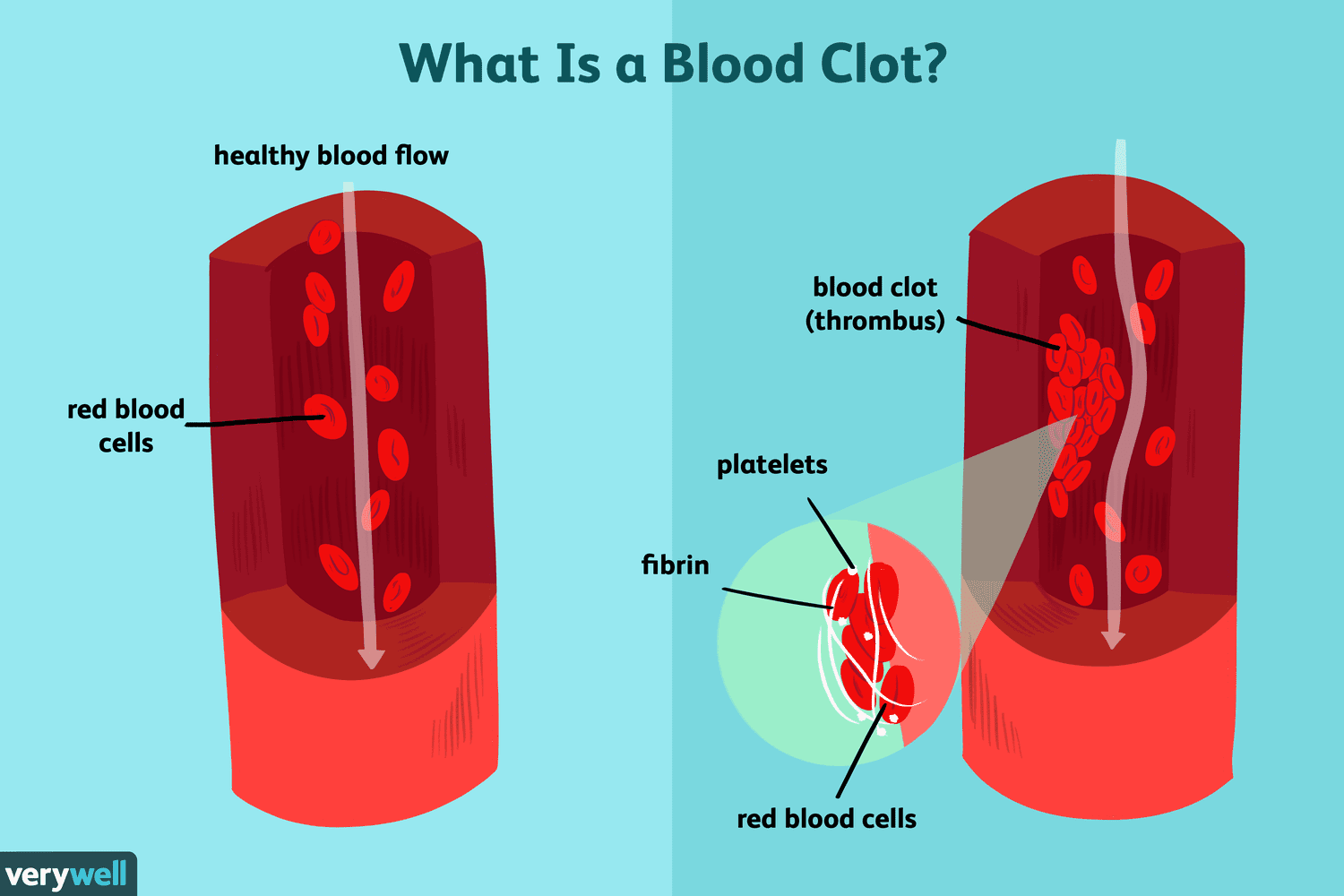
Consideration of renal and hepatic function decline
As people age, their kidneys and liver may become less efficient, affecting how medications are processed and increasing the risk of drug-related side effects.
Therefore, it's important to:
- Adjust medication timing and dosage based on kidney function.
- Monitor liver enzyme levels to detect any asymptomatic liver damage.
- Manage fluid intake carefully to prevent kidney problems.
Elderly individuals should be closely supervised, and their lab tests and medication regimens should be adjusted according to their specific health conditions.
Pregnant Women and Nursing Mothers
Risk of fetal ductus arteriosus closure in third trimester
Taking medications like diclofenac during pregnancy can impact the baby's blood flow because they interfere with prostaglandin production. This can lead to:
- Premature closure of the ductus arteriosus, potentially causing high blood pressure in the fetus.
- Decreased amniotic fluid levels in the fetus due to reduced blood flow to the kidneys.
- Concerns about delayed labor and an increased risk of postpartum hemorrhage.
Therefore, Zobid D should be avoided in the third trimester of pregnancy, as it is not recommended for women at that stage. Instead, safer pain relievers known to be safe during pregnancy should be considered.
Recommendation to avoid unless absolutely necessary
To minimize potential risks to newborns, it's best to avoid Zobid D during pregnancy and breastfeeding. The medication should only be used if the benefits clearly outweigh the risks, and both the mother and infant must be closely monitored throughout treatment.

Pediatric Use and Safety Considerations
Safety and efficacy in children not well established
There's currently limited clinical guidance for using Zobid D in children under 12, as there haven't been enough controlled studies to confirm its effectiveness and safety in this age group. Current regulations therefore don't recommend its routine use for children.
Key concerns include:
- Age-related differences in how children absorb and distribute medications.
- The potential for unforeseen consequences in developing bodies.
- A general lack of child-specific formulations and precise dosing guidelines.
Given this lack of data, Zobid D should only be used in rare cases for children, and always under the direct supervision of a pediatrician.
Risk of extrapyramidal symptoms in younger patients
While diclofenac primarily affects the digestive system, it has a higher chance of causing central nervous system (CNS) side effects in young children, particularly those under one year old. This is because their still-developing blood-brain barrier is more permeable, allowing the drug to more easily affect dopamine receptors in the brain, potentially leading to:
- Involuntary muscle movements (dystonic reactions).
- A jittery feeling and inability to sit still due to muscle tremors (akathisia).
- Rare but serious neuroleptic malignant syndrome-like reactions, which require immediate medical attention.
Therefore, it's advisable to avoid using Zobid D in children unless there are no safer alternatives and strict clinical supervision is provided.
Overdosage of Zobid D: Symptoms and Management
Symptoms of overdose: seizures, respiratory depression, arrhythmia
An overdose of Zobid D, whether intentional or accidental, can result in severe, even life-threatening side effects. Potential symptoms include:
- Neurological signs such as seizures, confusion, or progression to a coma.
- Breathing difficulties due to central nervous system depression or the risk of aspirating stomach contents.
- Heart rhythm disturbances, including slowed heart rate (bradycardia) or rapid, irregular ventricular heartbeats (ventricular tachycardia), often linked to QT interval prolongation.
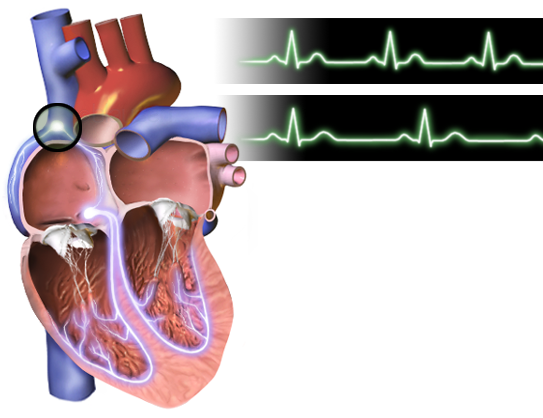
Prompt recognition of these signs is critical for appropriate medical treatment and to predict the patient's prognosis.
Emergency treatment protocol and supportive care
Treating a Zobid D overdose primarily involves supportive care and managing symptoms. Key interventions include:
- Administering activated charcoal if done within 1 to 1.5 hours of ingestion.
- Ensuring a clear airway and providing respiratory support for those with slowed breathing.
- Controlling seizures using medications like benzodiazepines or anticonvulsants.
- Continuously monitoring heart activity and correcting any electrolyte imbalances.
Hemodialysis is generally ineffective due to diclofenac high protein binding.
Importance of monitoring cardiac and neurological status
Given the risks of both heart rhythm and nerve-related problems in this situation, it's crucial to monitor both heart and brain functions closely. In a clinical setting, key concerns include:
- Continuous ECG monitoring to detect any QT interval prolongation or irregular heart rhythms.
- Tracking changes in consciousness through repeated assessments.
- Laboratory tests to evaluate liver and kidney function for potential side effects.
Promptly identifying any deterioration allows for quick treatment escalation and reduces the chance of complications.
Handling and Storage Instructions for Zobid D
Recommended storage temperature and humidity
Store Zobin D, in a room with a controlled temperature range of 15°C to 25°C (59°F to 77°F). Keep it away from humidity to maintain the quality and effectiveness of the tablets; ensure that humidity levels, in storage spaces do not exceed 60%.
Protection from light and moisture
Tablets should always be stored in their original blister packaging until they are ready to be used, as this helps safeguard them against damage from exposure and moisture absorption that can occur in humid environments. Increase the speed of the decomposition process for the components. Adjust the texture and absorption rate of the tablet. It's an idea to store items in containers that you can't see through. Those are sealed tightly if you don't have the original packaging available.
Safe handling and disposal instructions
Make sure not to flush or throw away any expired Zobed D medication in your household trash bins according to the recommended guidelines.
- Bringing back the medicine to a pharmacy drop-off program.
- If you need to dispose of it at home and can't avoid it, consider mixing it with something, like coffee grounds.
- Wrap the item in a bag before disposing of it in the trash.
To avoid harming the environment and accidental ingestion, it is important to handle and dispose of items correctly.

Precautions for Handling Zobid D in Clinical and Home Settings
Guidelines for splitting or crushing tablets (if applicable)
It's usually not recommended to break or crush Zobid D tablets since they are formulated for release purposes, which could be affected by altering the tablet form. Alter the way the drug interacts within the body. Resulted in uptake and harmful effects. If improperly crushed and swallowed it can irritate the lining of the membranes. It's an idea to talk to a pharmacist before changing the way you take your medication.
Hygiene practices after handling
For safety measures, it is important for people to wash their hands after dealing with the medicine, particularly when splitting tablets or aiding others in taking them. This practice is crucial in order to Make sure to avoid skin contact or accidental exposure to areas like the eyes and mouth. Steer clear of contact with caregivers who have a sensitivity or allergy to NSAIDs. Ensuring hand hygiene is especially important when dealing with Zobid D in homes where there are individuals present.

Keeping the medication out of reach of children and pets
Make sure to store Zobit D in a safe and hard-to-reach spot, due to its toxicity, in small doses according to safety guidelines; High storage compartments placed out of reach of children to prevent access. Please provide the text that you would like me to rewrite in a human manner. Ensuring that medications are clearly labeled to avoid dosing errors. Exposure to household animals like cats and dogs can be harmful. May lead to health issues that require urgent care from a vet clinic.
Zobid D, Diclofenac FAQ
- How long can you take Diclofenac?
- How long does Diclofenac stay in your system?
- Can you take Tylenol with Diclofenac?
- Can you take Diclofenac with Ibuprofen?
- Is Diclofenac stronger than Ibuprofen?
- How long after taking Diclofenac can I take Tylenol?
- How long do Diclofenac side effects last?
- Does Diclofenac make you sleepy?
- How long after Diclofenac can I take Ibuprofen?
- Is Diclofenac a muscle relaxer?
- How long does it take Diclofenac to work?
- Is Diclofenac better than Ibuprofen?
- Can I take Diclofenac with Gabapentin?
- When can I drink alcohol after taking Diclofenac?
- Is Diclofenac addictive?
- Can you take Cyclobenzaprine with Diclofenac?
- Can Diclofenac and Paracetamol be taken together?
- Can Diclofenac treat sore throat?
- Can Diclofenac be given IV?
- Can Diclofenac cause miscarriage in first trimester?
- Can Diclofenac alone cause miscarriage?
- Can Diclofenac cause high blood pressure?
- How Diclofenac works?
- How Diclofenac gel works?
- How Diclofenac sodium works?
- How Diclofenac increase blood pressure?
- How Diclofenac works in the body?
- How Diclofenac cream works?
- What Diclofenac used for?
- What Diclofenac sodium used for?
- What Diclofenac good for?
- What Diclofenac gel used for?
- What Diclofenac potassium used for?
- What Diclofenac injection used for?
- When Diclofenac doesn't work?
- Diclofenac when to take?
- Diclofenac when breastfeeding?
- Diclofenac when pregnant?
- Diclofenac when does it start working?
- Diclofenac when to use?
- Diclofenac where to apply?
- Diclofenac where to use?
- Diclofenac where can I buy?
- Where is Diclofenac injection given?
- Where is Diclofenac metabolized?
- Which Diclofenac is safe for ulcer patient?
- Which Diclofenac is best?
- Which Diclofenac is for ulcer patient?
- Which Diclofenac is safe for ulcer?
- Which Diclofenac is good for ulcer patients?
- Which Diclofenac is safe for hypertensive patients?
- Diclofenac who should not take?
- Who invented Diclofenac?
- Who manufactures Diclofenac?
- Who makes Diclofenac sodium?
- Who sells Diclofenac?
- Who developed Diclofenac?
- Why Diclofenac is not given IV?
- Why Diclofenac is used?
- Why Diclofenac banned in India?
- Why Diclofenac contraindicated in asthma?
- Why Diclofenac is contraindicated in pregnancy?
- Why Diclofenac is contraindicated in hypertension?
- Will Diclofenac make me sleepy?
- Will Diclofenac help nerve pain?
- Will Diclofenac make you sleepy?
- Will Diclofenac help a toothache?
How long can you take Diclofenac?
Diclofenac is usually recommended for a short period of time, around 1 to 2 weeks; however, in cases of chronic illnesses such as arthritis, it may be extended under the guidance of a healthcare provider due to potential risks to the digestive and cardiovascular systems.
How long does Diclofenac stay in your system?
Diclofenac typically stays in the body for around 1 to 2 hours before its impact starts to fade over a period of 8 to 12 hours – it is usually completely eliminated from the system within a day.
Can you take Tylenol with Diclofenac?
You can definitely take Tylenol with Diclofenac since they operate in different ways and generally don't cause any issues when used together.
Can you take Diclofenac with Ibuprofen?
It's not advisable to mix Diclofenac and Ibuprofen because they are both NSAIDs and can raise the chances of stomach bleeding, kidney issues and heart problems.
Is Diclofenac stronger than Ibuprofen?
Diclofenac is often seen as stronger and more enduring compared to Ibuprofen when it comes to treating conditions; however it could potentially pose cardiovascular risks.
How long after taking Diclofenac can I take Tylenol?
You can take Tylenol whenever you like after taking Diclofenac, since they work differently in your body and have different ways of affecting you.
How long do Diclofenac side effects last?
The effects might persist for a couple of hours to a days varying based on how the body responds and how long the medication was taken for with minor issues improving once the medication is discontinued.
Does Diclofenac make you sleepy?
Diclofenac generally does not cause drowsiness; however some people might feel tired or dizzy, as a side effect.
How long after Diclofenac can I take Ibuprofen?
It is recommended to wait for 12 hours, between taking Diclofenac and Ibuprofen or refrain from using them together unless advised by a doctor.
Is Diclofenac a muscle relaxer?
Diclofenac is actually classified as a nonsteroidal anti-inflammatory drug (NSAID), not a muscle relaxant. Its main function is to decrease inflammation and alleviate pain.
How long does it take Diclofenac to work?
Diclofenac typically starts to ease pain and reduce inflammation, around 30 to 60 minutes after taking it by mouth.
Is Diclofenac better than Ibuprofen?
Diclofenac might work better for issues; however it also poses a greater risk of cardiovascular side effects in comparison, to Ibuprofen.
Can I take Diclofenac with Gabapentin?
It's safe to take both diclofenac and gabapentin together since they operate in different ways and are not known to have any interactions.
When can I drink alcohol after taking Diclofenac?
Its recommended to wait at a day after the last time you took Diclofenac before drinking alcohol in order to lower the chances of experiencing stomach and liver issues.
Is Diclofenac addictive?
Diclofenac is not considered addictive in itself. Prolonged use could result in a dependence, on it, for managing symptoms in cases of pain.
Can you take Cyclobenzaprine with Diclofenac?
You can take Cyclobenzaprine and Diclofenac together with caution since they affect pathways; however you may experience increased drowsiness and lightheadness.
Can Diclofenac and Paracetamol be taken together?
It's totally safe to take Diclofenac and Paracetamol (Acetaminophen) together, for pain relief, without worrying about any stomach issues creeping in there.
Can Diclofenac treat sore throat?
Diclofenac can potentially alleviate pain and swelling linked to a throat; however it does not address the root infection if there is one.
Can Diclofenac be given IV?
Diclofenac is generally not given through an IV. It is commonly administered via injection into the muscle, although it can also be administered in intramuscular form.
Can Diclofenac cause miscarriage in first trimester?
Taking diclofenac during the trimester is linked to a chance of miscarriage and should be steered clear of unless its truly essential.
Can Diclofenac alone cause miscarriage?
Can Diclofenac cause high blood pressure?
Continued or excessive consumption of Diclofenac may result in increased blood pressure levels among individuals with existing hypertension issues.
How Diclofenac works?
Diclofenac works by blocking the activity of enzymes (COX-1 and COX-2), leading to a decrease in the production of prostaglandins that cause inflammation and pain relief.
How Diclofenac gel works?
Diclofenac gel works by releasing the medication to the tissue through the skin's surface and helps to ease pain and swelling by blocking COX enzymes in that specific area.
How Diclofenac sodium works?
Diclofenac sodium functions by inhibiting the COX enzymes to reduce the generation of prostaglandins that play a role in inflammation and pain transmission.
How Diclofenac increase blood pressure?
Diclofenac has the potential to result in retention and decreased blood flow which could eventually lead to a rise, in blood pressure over time, especially for those who are more vulnerable, to such effects.
How Diclofenac works in the body?
Diclofenac functions by blocking the COX enzyme to inhibit synthesis and thereby decreases inflammation and pain in the affected areas.
How Diclofenac cream works?
Diclofenac cream administers the medicine to the area by penetrating the skin to tackle inflammation locally by inhibiting COXS and reducing overall exposure, to the body systematically.
What Diclofenac used for?
Diclofenac is commonly prescribed to alleviate pain and reduce inflammation and swelling resulting from conditions, like arthritis and injuries, to the muscles and skeleton, or post-surgery discomfort.
What Diclofenac sodium used for?
Diclofenac sodium helps with pain and swelling in conditions, like osteoporosis and arthritis, as in healing sudden injuries.
What Diclofenac good for?
Diclofenac works well for issues, like inflammation, in joints and muscles as easing post-surgery pain and menstrual cramps.
What Diclofenac gel used for?
Diclofenac gel is commonly applied to alleviate pain and reduce inflammation in areas affected by issues such, as osteoporosis and injuries to muscles or soft tissues.
What Diclofenac potassium used for?
Diclofenac potassium is commonly prescribed for relief of conditions such as toothaches and migraines well as injuries to muscles and bones, because it gets absorbed quickly in the body.
What Diclofenac injection used for?
Diclofenac injection is commonly administered for the alleviation of pain levels in situations such as surgery or renal colic episodes that require immediate attention and relief.
When Diclofenac doesn't work?
Diclofenac might not be effective in cases where the pain is neuropathic, in nature or too intense for NSAIDs to handle alone; also when issues of tolerance or incorrect dosage come into play.
Diclofenac when to take?
Diclofenac is commonly ingested either before or, after meals based on the formulation of the medication. Usually taken every 8 to 12 hours following the guidance of a healthcare professional.
Diclofenac when breastfeeding?
It is typically deemed safe to take diclofenac while breastfeeding for a period and at the effective dosage but it is best to seek advice from a doctor beforehand.
Diclofenac when pregnant?
It's best to steer clear of using diclfonac while pregnant since it can pose risks, to the baby and may cause closure of the ductus arteriosus in the trimester.
Diclofenac when does it start working?
Diclofenac taken by mouth usually starts to take effect in around 30 to 60 minutes and reaches its peak effectiveness within 1 to 2 hours.
Diclofenac when to use?
Diclofenac is prescribed to help with pain and swelling in cases such, as issues or joint problems following an injury.
Diclofenac where to apply?
Apply the diclofenac gel or cream on skin in the area while being careful to avoid open wounds and sensitive areas, like mucous membranes and eyes.
Diclofenac where to use?
Diclofenac is applied to areas of the body experiencing pain or inflammation such, as joints and muscles.
Diclofenac where can I buy?
You can buy diclofenac from pharmacies with a prescription or online, from authorized providers as, per regulations.
Where is Diclofenac injection given?
Diclofenac injection is usually given as a shot in the part of the buttock muscle.
Where is Diclofenac metabolized?
Which Diclofenac is safe for ulcer patient?
Patients with stomach ulcers should steer clear of taking diclofenac unless it is absolutely necessary and can be paired with a proton pump inhibitor while closely monitored by a professional.
Which Diclofenac is best?
The suitable type varies based on the ailment being addressed; Diclofenac potassium is recommended for prompt pain alleviation, whereas the sodium salt variant is administered for long-standing inflammation issues.
Which Diclofenac is for ulcer patient?
For individuals, with ulcers taking Diclofenac in any form is not entirely safe; however topical versions such as gels might be better received because of their absorption, into the bloodstream.
Which Diclofenac is safe for ulcer?
Topical formulations of Diclofenac are considered to be an option, for patients, with ulcers when compared to forms; however the risk cannot be completely eradicated.
Which Diclofenac is good for ulcer patients?
It's usually best to steer clear of diclofenac for patients with ulcers. If it's really needed consider using treatments or pairing it with stomach protection medications.
Which Diclofenac is safe for hypertensive patients?
Topical Diclofenac might present a concern for individuals with blood pressure when compared to oral or injectable versions; however, it is still advisable to keep track of their blood pressure levels regularly.
Diclofenac who should not take?
People who have peptic ulcer disease or severe liver or kidney issues should steer clear of Diclofenac if they also have hypertension or known allergies to NSAIDs.
Who invented Diclofenac?
Diclofenac was created during the 1960s by the company Ciba Giegy which's currently a part of Novartis.
Who manufactures Diclofenac?
Diclofenac is produced by companies such, as Novartis and Teva along with several other generic manufacturers, around the globe.
Who makes Diclofenac sodium?
Several companies produce Diclofenac sodium such, as Novartis and Pfizer as some generic drug manufacturers, like Sandoz.
Who sells Diclofenac?
Diclofenac is available, for purchase at pharmacies. Authorized sellers, under different brand names and generic versions tailored to specific regions.
Who developed Diclofenac?
Diclofenac was created by scientists, from Ciba‐Geigy in the 1970s as an anti inflammatory substance.
Why Diclofenac is not given IV?
Administration of diclofenac, via route is avoided to minimize the potential for side effects such, as cardiovascular issues and gastrointestinal problems.
Why Diclofenac is used?
Diclofenac is commonly prescribed to alleviate swelling and discomfort associated with conditions such, as arthritis, back pain, muscle injuries and recovery, after surgery.
Why Diclofenac banned in India?
Diclofenac was prohibited for animal treatment, in India because it was linked to the decrease, in numbers. It is still permitted for human consumption.
Why Diclofenac contraindicated in asthma?
Diclofenac may cause bronchospasm in individuals, with asthma, to NSAIDs by blocking the production of prostaglandins and changing the balance of trienes.
Why Diclofenac is contraindicated in pregnancy?
It is not recommended to use dicoflenac when pregnant, in the trimester as it can pose risks, to the babys kidney function and early closure of ductus arteriosus.
Why Diclofenac is contraindicated in hypertension?
Diclofenac may lead to the retention of sodium and water, in the body. Could potentially exacerbate blood pressure management in individuals, with hypertension.
Will Diclofenac make me sleepy?
Although Diclofenac doesn't typically act as a sedative some people might feel tired or sleepy, as a side effect.
Will Diclofenac help nerve pain?
Diclofenac is typically not the choice, for treating nerve pain; however it might provide some alleviation if inflammation plays a role, in the symptoms.
Will Diclofenac make you sleepy?
Some individuals may experience drowsiness as an effect of usage; however; this occurrence is not typical or purposeful, with the medication.
Will Diclofenac help a toothache?
Diclofenac has shown to be quite helpful, in easing both pain and inflammation that are linked to discomfort such as toothaches.
Customers also bought
Generic Benzagel
0.025, 0.05

